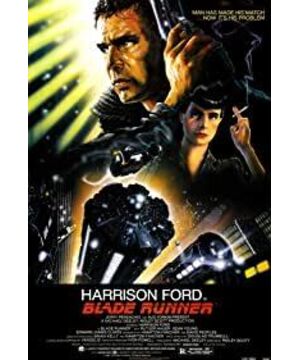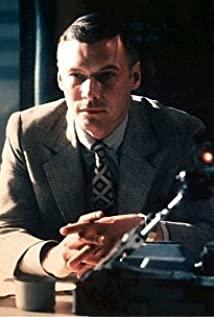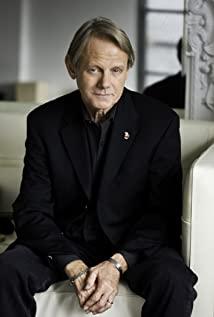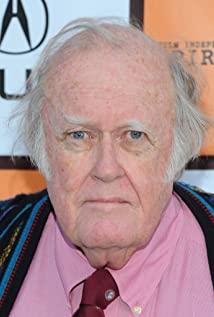Architecture likes to use this film as a case of some kind of "movie-architecture" discussion. I don't know how other people think about it. In my humble opinion, an interesting phenomenon is that in a future city, spaceships are vertical and horizontal, and buildings are like miracles. Towering, but specific to the single building, it has a strong "retro style". The protagonist Deckard is climbing a building with a classical facade. Seeing his laborious hands and feet and using the ground to climb on the cornice of the building like Ioni's stigma, I can't help but imagine, if it is a glass curtain wall building, how would this film be the first scene to the end? Could it be like Brother Tom in "Mission: Impossible 4"...Of course, steel is a significant manifestation of the construction material. In the confrontation between Deckard and the replicator Roy Batty, he climbed the last skyscraper with his fingers tightly hooked. What is exposed is the steel beam, and the steel beam also has a retro taste. From my point of view, this is not the appearance of the city when human beings create "replicas", but it is not difficult to think of "Metropolis" as early as 1927. Is there some so-called expressionist tone? The image quality expressed by the lens, the atmosphere of music rendering, and the repeated Japanese advertisements and Asian faces remind me of "Cowboy Bebop".
There are too many metaphors. The director has too much to say. I think I can understand what I don’t understand...Let’s look at the “architecture” first. "The Creator" Terry Company's office interior, huge glass windows, strong and thick pillars, is undoubtedly a spatial scale that fully reflects the "divine nature"-is this a description of the effect of the church? The residence of the genetic designer JF is a lonely industrialized space that also has a huge spatial scale. It is a place full of loneliness between God and man. In contrast, the home of the protagonist Deckard is the residence of ordinary humans, as well as the police station and so on.
The metaphor in philosophical meaning can't be talked about, the viewer can figure it out for himself. Ironically, it can be said that I have a lot of experience. As a clone, Batty went to see his maker (creator), hoping that the maker could modify his genes to extend his life. When he learned that the maker was powerless, B, who was angry and desperate, kissed him first and then cruelly killed the person who created him. This scene was quite tense. You can give B a paragraph of inner os: You created me, but I am doomed to perish. In that case, it is better to let me execute you earlier, then the Lord who created me! Except for the word "sarcasm", I couldn't find any other adjectives for a while. After seeing this movie, I was a little bit dumbfounded, especially the relationship between Blade Runner Deckard and the clone Roy Batty. The film uses a considerable part of the space to talk about Deckard and Batty's competition. In this process, D turns from a chaser to a fugitive; and B turns from a fugitive to a revolt to challenge humanity. After all, D's body is no match for the copy of B. If it wasn't for B to pull him at the end, D would have fallen from the top and died. The irony is not over yet, B has died in front of D, which makes me think it is a big joke. The sheriff just came out at this moment and said that the mission was completed. Damn, he is embarrassed as a human.
After the fight scene that made me feel a bit too long and detailed-oh, forgot to mention an important person who has appeared long ago, the important female copy person Rachael-Rachael once again appeared on the scene. From the moment R makes her debut, viewers will understand that she is a clone, a character who should be "executed", and D will definitely fall in love with her when D meets her. Yes, we are right. The clones that "should" are killed are all killed, and D completes the task and goes to Rachael. Another detail appeared on the stage, a paper origami gadget, and another Blade Runner's queen. Since D cannot execute R, the sheriff naturally delegated this task to others.
The end of the film was so wonderful and deeply shocked. I thought that D, who saw the origami objects, would immediately enter the battle next to protect R and so on. Just when I was a little worried, D picked up the origami and looked around the house, then the film came to an abruptly. Subtitles, music. Alright, leave it to yourself for the endless reveries that follow.
Two hours of film, in the end, a knowing smile. This movie-watching experience is pleasant. Remember whether, after D killed the first female copy, he was exhausted and haggard. He went to an Asian woman's canteen and said, "Qingdao". The middle-aged woman gave him a transparent curvy and engraved glass bottle, which looked very nice.
View more about Blade Runner reviews











